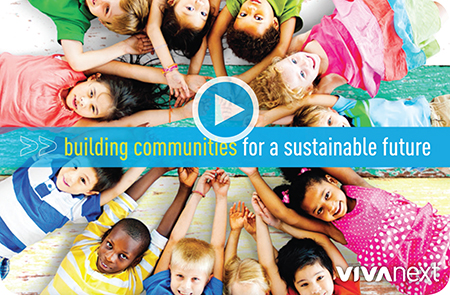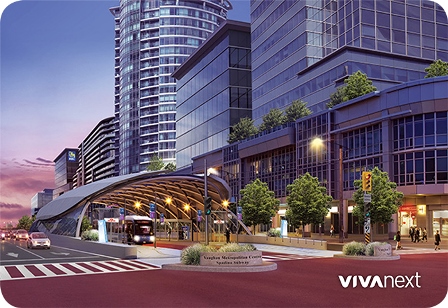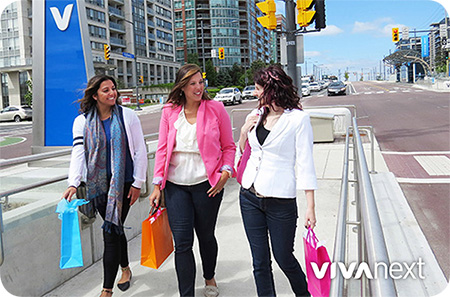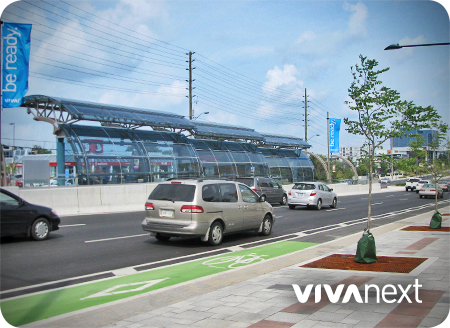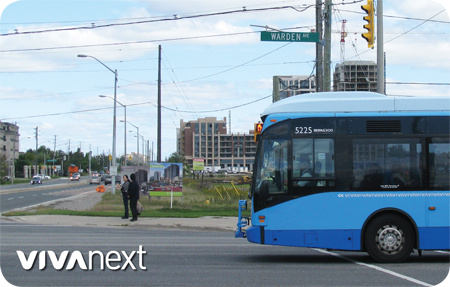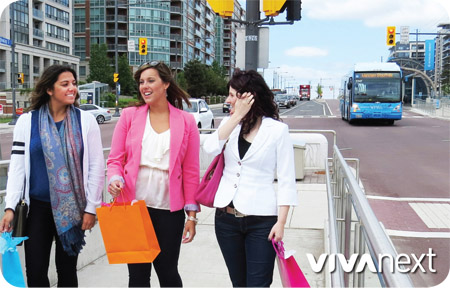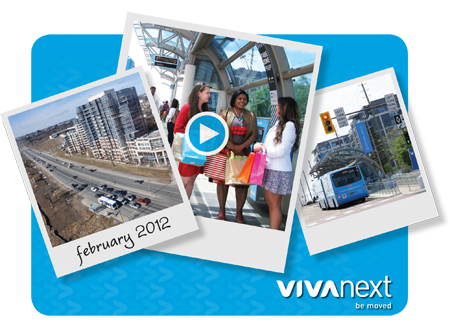
York Region’s Centres and Corridors strategy is how our Region is making sure there will be room for our growing population to live, work and play, while also protecting our sensitive lands and green zones. As our Region grows, new homes, workplaces, retail and recreational facilities are being established all along the corridors, and clustered in higher density centres in Vaughan, Richmond Hill, Markham and Newmarket. And to make it easier for people to get where they want to go, without always needing to get in their car, rapid transit corridors featuring Viva’s comfortable Bus Rapid Transit service will link those centres.
Centres and Corridors has been a key component of Regional Council’s strategic priorities, and the amount of development actively underway in all the centres shows that great progress is already being made. But what are the steps required behind the scenes, to create the kinds of communities that are taking shape in the centres?
The first step, and one that was approved long ago, is that Regional Council provided strategic direction confirming the Centres and Corridors plan as the foundation for the Region’s Official Plan. The Provincial Growth Plan for the Greater Golden Horseshoe reinforces the principles of increased intensification and city-building, and specifically identifies the four centres as “urban growth centres.”
Included in the Provincial Growth Plan are targets for the number of people and jobs to be supported per hectare. The Region’s Official Plan includes these targets, and also establishes policies to encourage transit, pedestrian-friendly street designs, and mixed-use development.
Building on the Region’s policies, each municipality then has to review their own official plan to make sure it conforms and supports the Region’s plan. Municipalities then develop secondary plans, which set out specific land use rules and targets for defined areas including the centres. Secondary plans shape future development, providing guidance on minimum densities, building heights, streetscaping and other strategies to encourage welcoming, pedestrian-friendly development.
Once the general rules for land use have been developed, municipalities and the Region then actively work to attract new employers and development investments. Economic Development experts work with their Planning Department colleagues and with potential investors, to create new or expanded work opportunities. A key driver for many of the new employment opportunities that have already been announced in York Region is the proximity to rapid transit, and the availability of a strong, educated workforce.
And the last component of our multi-pronged approach is to ensure that new housing options are available all along the corridors and in the centres. We know that people want to live relatively near to where they work, with a short commute being highly valued. The new housing developments that are springing up near our vivaNext routes are already providing very attractive options for people wanting an urban home, with great access to transit and work.
City-building isn’t a short-term process, but with all these components working together, bit by bit our centres and corridors are being transformed into exciting, urban places, while protecting and respecting existing developments and our natural environment. For everyone, that means more options, more choices, and linking it all together, more Viva.

